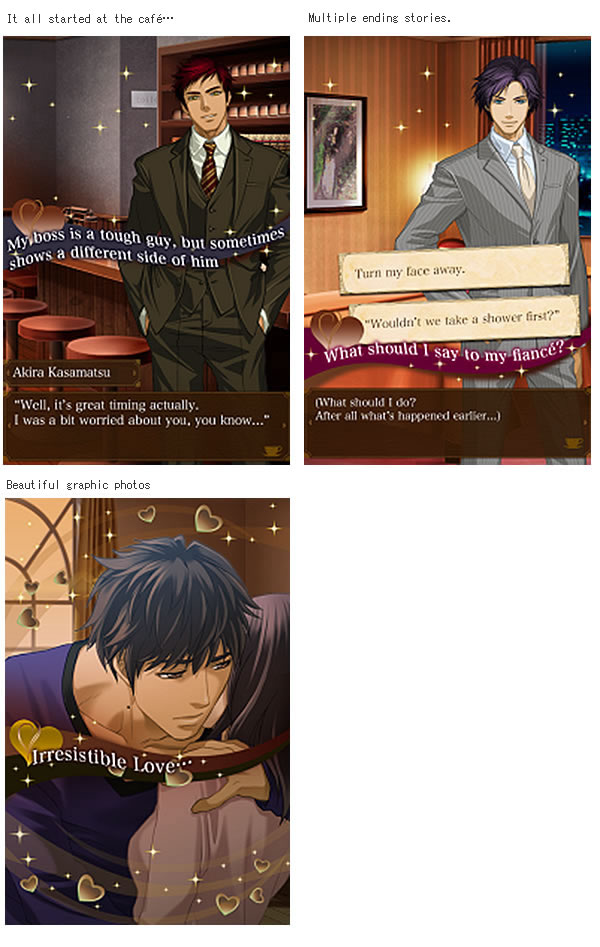

The house is closed to the public until April but the garden is popular with local dog walkers and families: you can take the “Circuit”, as the Ladies called their daily constitutional, down to the stream and up to their tiny summer house where they would often sit and read. I walk up out of the town, along the former coach road to Holyhead and the Irish Sea, where the Ladies’ farmhouse sits, black and white and striking on the hilltop. Photograph: Greg Balfour Evans/Alamyīut what is that story and why did the Ladies make “a noise in the world which has never died out”, as Gordon put it? To understand better, I make the pilgrimage to Llangollen, a picturesque small town in rural north Wales.

Politically, it also felt vital to do my part – as Gordon did hers – in rejuvenating one of the greatest queer love stories of all time.”ĭomestic idyll … Plas Newydd. It felt like a cultural injustice.” Chase, they say, “deserves to be read alongside other classic queer texts of the early 20th century, such as Orlando and The Well of Loneliness. She tells them about contemporary feminism and their supposed part in it: “You meditated among your books and dreamed us into existence.” Sarah Waters has called it “a fascinating piece of queer literary history”.ĭ-M Withers of Lurid Editions, which is republishing the book to coincide with the start of LGBT+ history month on 1 February, was inspired to get it back into circulation after a visit to Newydd: “I was surprised the book was out of print. Part breathless romance – all swishing silk and impassioned declarations – and part accurate account of Eleanor and Sarah’s shared life, it ends with an exceptionally strange section, a sort of seance, with the author “meeting” the Ladies. Written by the feminist and prison-reform campaigner Dr Mary Gordon, and originally published in 1936 by Virginia and Leonard Woolf’s Hogarth Press, Chase is a real oddity.

They are “queer foremothers”, as a newly rereleased book about the Ladies, Chase of the Wild Goose, puts it. The irresistible tale of their passionate, 50-year “romantic friendship” and the elaborate, beautiful home and garden they constructed made them famous in their own lifetimes, and they have remained a symbol of enduring same-sex happiness ever since. It sounds like the opening of a historical romance, but it is true, and it marks the start of something more profound than a sapphic bodice-ripper: this is the origin story of the Ladies of Llangollen. They were caught by Sir William’s men, but two months later they persuaded their reluctant families to let them leave with Sarah’s faithful maidservant, Mary Carryl, to start a new life together in the wilds of north Wales, building a domestic idyll in a farmhouse they renamed Plas Newydd: new hall. That night, she met up with the woman she knew as her “beloved”, Lady Eleanor Butler, 39 (also dressed in men’s clothes), with a plan to catch the boat to England.

She was living in the house of a relative, Sir William Fownes, and had repelled his unwelcome advances. On the night of 30 March 1778, in County Kilkenny, Ireland, a beautiful aristocratic orphan, Sarah Ponsonby, 23, put on men’s clothing, picked up a pistol and her little dog, Frisk, and climbed out of the window.


 0 kommentar(er)
0 kommentar(er)
